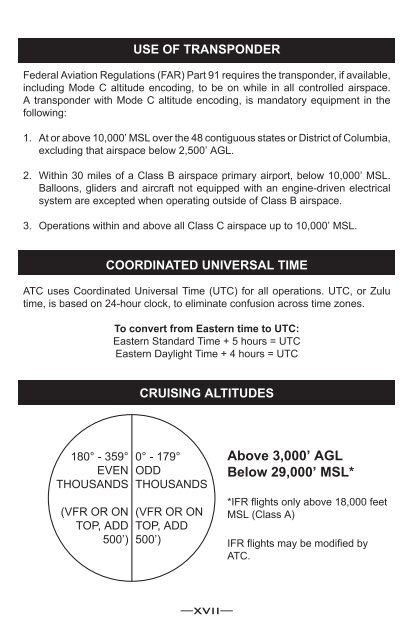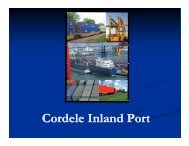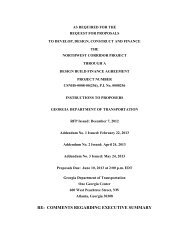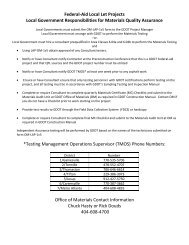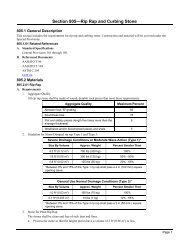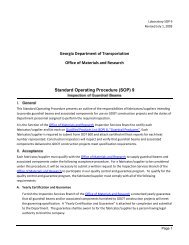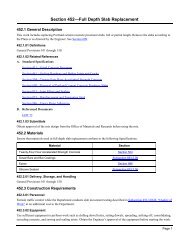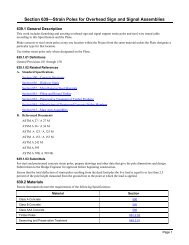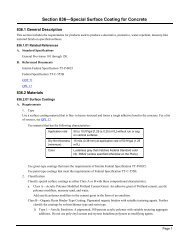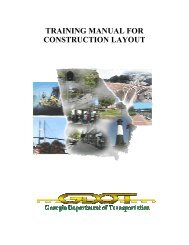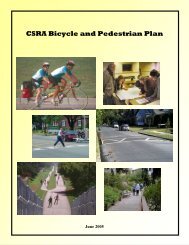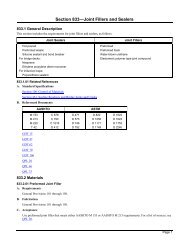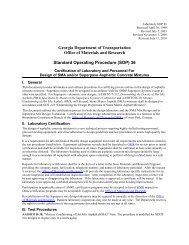You also want an ePaper? Increase the reach of your titles
YUMPU automatically turns print PDFs into web optimized ePapers that Google loves.
USE OF TRANSPONDER<br />
Federal Aviation Regulations (FAR) Part 91 requires the transponder, if available,<br />
including Mode C altitude encoding, to be on while in all controlled airspace.<br />
A transponder with Mode C altitude encoding, is mandatory equipment in the<br />
following:<br />
1. At or above 10,000’ MSL over the 48 contiguous states or District of Columbia,<br />
excluding that airspace below 2,500’ AGL.<br />
2. Within 30 miles of a Class B airspace primary airport, below 10,000’ MSL.<br />
Balloons, gliders and aircraft not equipped with an engine-driven electrical<br />
system are excepted when operating outside of Class B airspace.<br />
3. Operations within and above all Class C airspace up to 10,000’ MSL.<br />
COORDINATED UNIVERSAL TIME<br />
ATC uses Coordinated Universal Time (UTC) for all operations. UTC, or Zulu<br />
time, is based on 24-hour clock, to eliminate confusion across time zones.<br />
To convert from Eastern time to UTC:<br />
Eastern Standard Time + 5 hours = UTC<br />
Eastern Daylight Time + 4 hours = UTC<br />
CRUISING ALTITUDES<br />
180° - 359°<br />
EVEN<br />
THOUSANDS<br />
(VFR OR ON<br />
TOP, ADD<br />
500’)<br />
0° - 179°<br />
ODD<br />
THOUSANDS<br />
(VFR OR ON<br />
TOP, ADD<br />
500’)<br />
Above 3,000’ AGL<br />
Below 29,000’ MSL*<br />
*IFR flights only above 18,000 feet<br />
MSL (Class A)<br />
IFR flights may be modified by<br />
ATC.<br />
—XVII—


